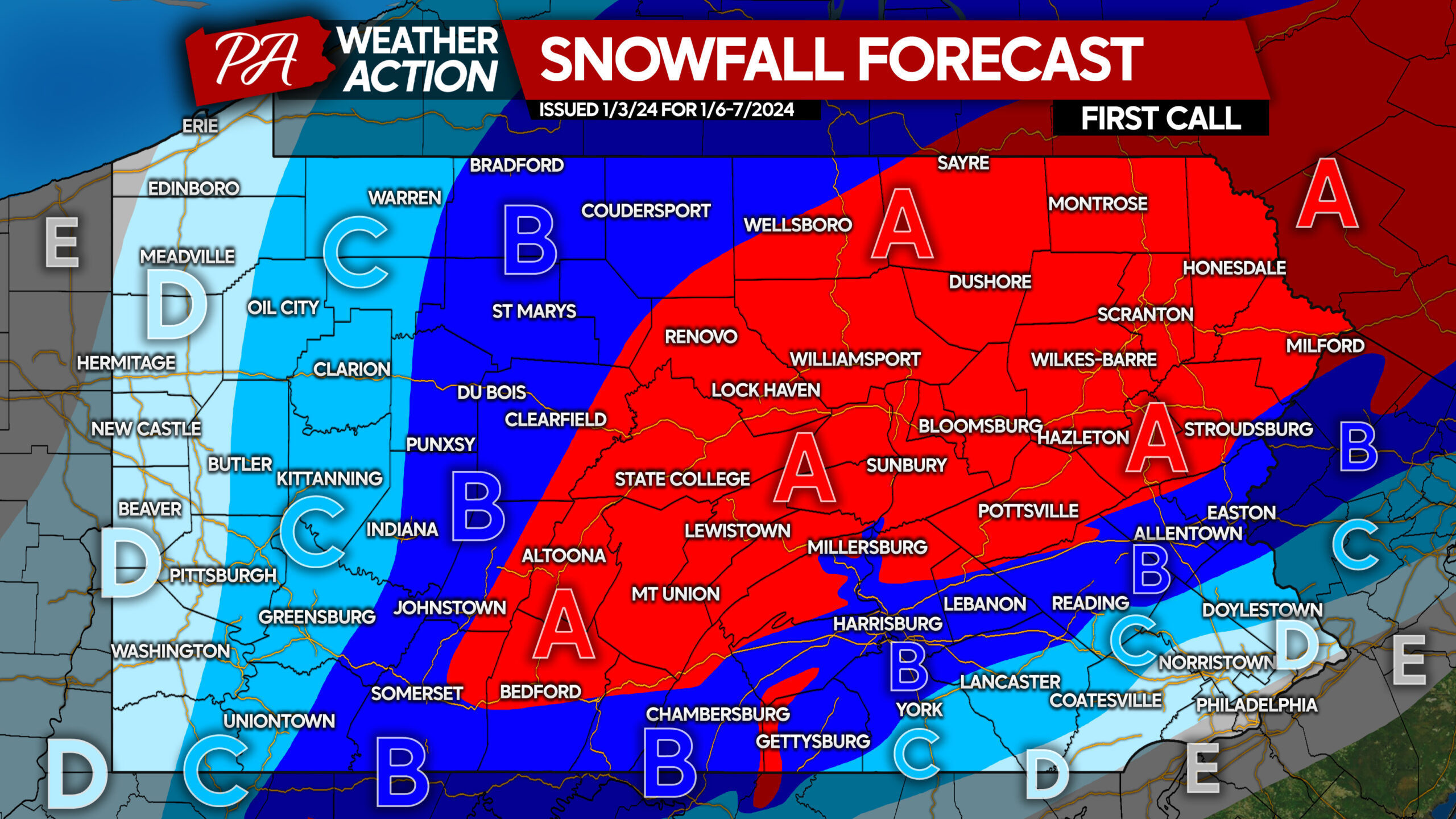Snow Forecast: Your Ultimate Guide To Predicting Snowfall - Snow forecasting is a vital tool for preparing for winter weather. By understanding the science behind snow forecasts and utilizing available resources, you can make informed decisions to ensure your safety and comfort during the snow season. Whether you're planning a ski trip or preparing for a snowstorm, accurate snow forecasts provide the information you need to stay ahead of the weather. Snow forecasting involves analyzing atmospheric conditions, such as temperature, humidity, and wind patterns. Meteorologists use a combination of ground-based observations, satellite data, and computer models to predict snowfall. These models simulate weather patterns and provide forecasts based on historical data and current conditions.
Snow forecasting is a vital tool for preparing for winter weather. By understanding the science behind snow forecasts and utilizing available resources, you can make informed decisions to ensure your safety and comfort during the snow season. Whether you're planning a ski trip or preparing for a snowstorm, accurate snow forecasts provide the information you need to stay ahead of the weather.
Whether you're a skier looking for fresh powder or a commuter trying to avoid icy roads, accurate snow forecasts are invaluable. This guide will cover everything you need to know about snow forecasts, from the basics to advanced techniques, ensuring you're well-prepared for the winter season.

Long-term snow forecasts, often referred to as seasonal forecasts, predict snowfall trends over several months. These forecasts consider large-scale climate patterns, such as El Niño and La Niña, to provide a general outlook for the winter season. While less precise than short-term forecasts, they offer valuable insights for long-range planning.
Weather radar is a powerful tool used in snow forecasting. It detects precipitation in real-time and provides information about the intensity and movement of snowfall. Radar images help meteorologists track storm systems and predict their impact on specific areas.
Moisture levels in the atmosphere are another critical factor. Higher moisture levels increase the likelihood of snowfall, while dry conditions may result in minimal or no snow accumulation. Monitoring moisture levels helps meteorologists refine their predictions.
Several key components are considered when creating a snow forecast:

Temperature profiles play a significant role in snow forecasting. Meteorologists examine the temperature at different atmospheric levels to determine if conditions are conducive to snowfall. A slight increase in temperature can result in a shift from snow to rain, affecting the forecast's accuracy.
To enhance the accuracy of snow forecasts, meteorologists rely on:
While snow forecasting has improved significantly with advancements in technology, challenges remain. Factors such as localized weather patterns, terrain influences, and sudden changes in atmospheric conditions can affect forecast accuracy. Meteorologists continuously refine their methods to address these challenges.
As winter approaches, understanding snow forecast becomes crucial for both outdoor enthusiasts and those planning their daily routines. Snowfall prediction is not just about knowing whether it will snow but also about preparing for its potential impacts on travel, safety, and daily life. In this article, we'll dive deep into the science behind snow forecasting, how it works, and the tools you can use to stay informed.
Staying safe during snowfall requires preparation and awareness. Here are some tips to help you navigate winter weather:
We encourage you to share this article with others who may benefit from it and leave your thoughts in the comments section below. For more insights on weather and climate, explore our other articles on the site.